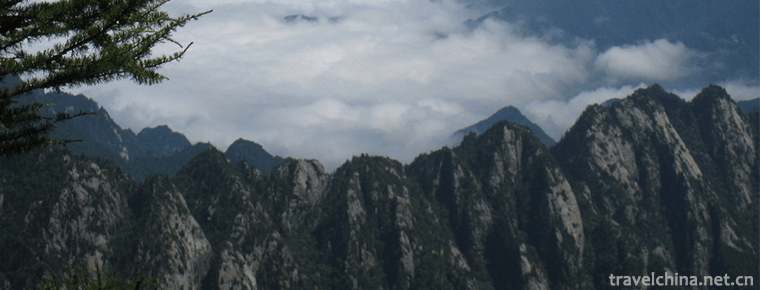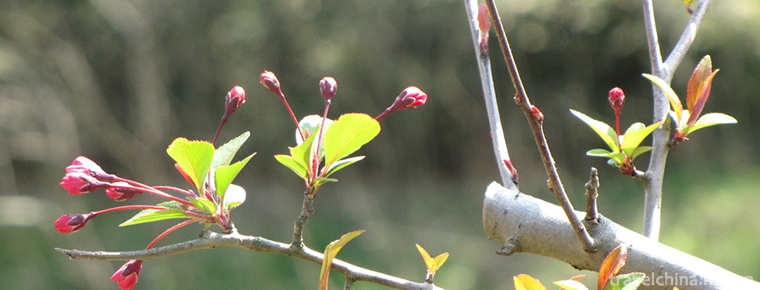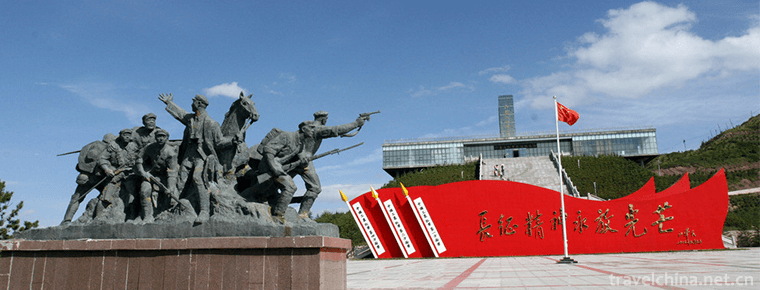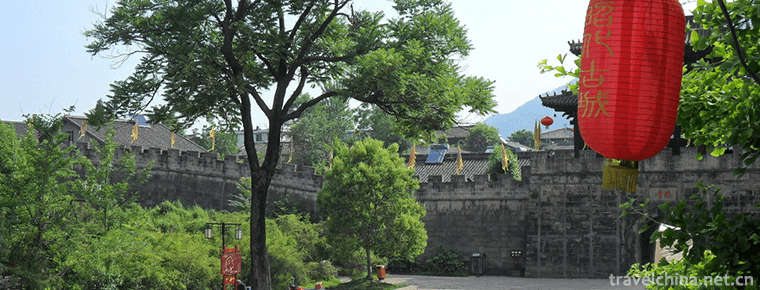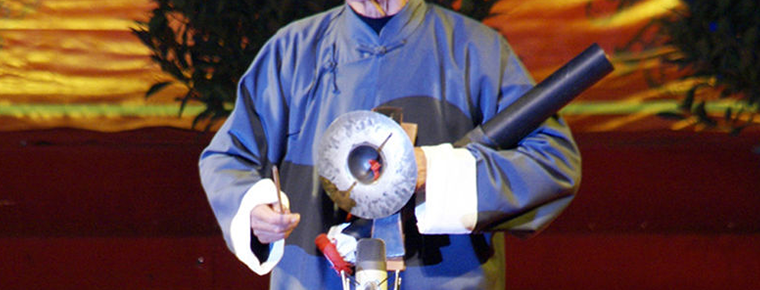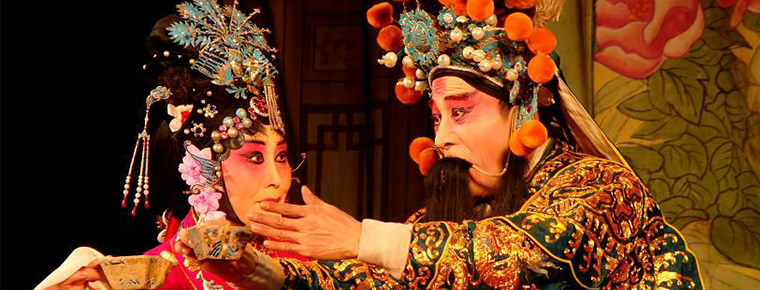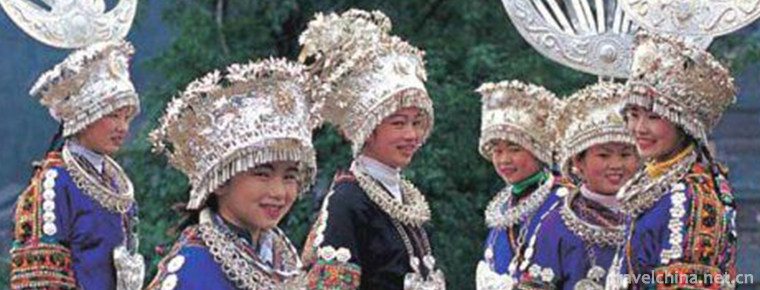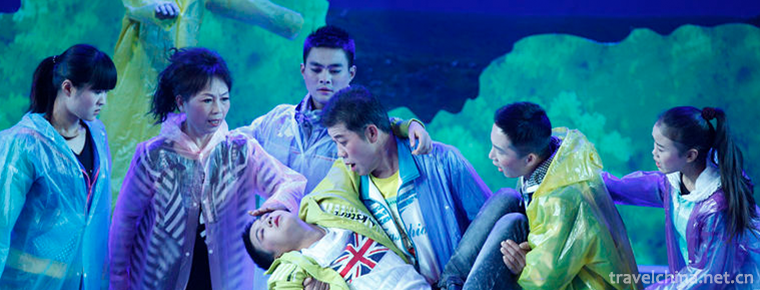Eastern Mongolian Folk Stories in Kazuo
Eastern Mongolian Folk Stories in Kazuo
The Folktales of Kazuo East Mongolia are spread in an oral literature in the left-wing Mongolian Autonomous County of Karaqin. Folk narrators, in the traditional way of oral narration and singing, widely and multi-sidedly recite the culture of their own nation since ancient times. They do not resort to words, but "write" books in the hearts of the people. Folk stories, folk songs, ballads and proverbs are the carriers of national culture, including social concepts such as ideology, philosophy, religion, morality and ethics.
On May 20, 2006, the folk tales of Kazuo East Mongolia were listed in the first batch of national intangible cultural heritage list with the approval of the State Council.
historical origin
The Mongolian people in Karaqin and Eastern Mongolia settled down early and changed from nomadism to farming. In the long and tortuous historical process from hunting to pasturing and from pasturing to farming, the folk literature created by the people here is unique compared with the Mongolian folk literature in other areas, reflecting the distinct blending characteristics of grassland culture and farming culture.
The oral narrative style with the folk stories of Eastern Mongolia as the main style not only inherits the tradition of pastoral nomadic culture, but also absorbs the nutrition of the farming culture of the Han nationality in the Central Plains with a broad mind, reflecting the farming life after settlement in an all-round and wide-angle way, thus forming the cultural characteristics different from those of the Mongolian folk literature in the grassland.
From ancient times to the present, there have always been a group of storytellers and singers enjoying high reputation in East Mongolia. They have made great contributions to the prosperity of folk literature in East Mongolia. Their endless stories and songs reflect the unique simplicity and rich features of Karaqin folk literature, and thus show the world that there is a large amount of folk literature in East Mongolia and its content is abundant. Richness, wide range of subjects and distinct cultural personality are irreplaceable.
primary coverage
Contents include
Folk literature in Eastern Mongolia includes folk stories, legends, myths, folk songs and so on. There are not only the life concepts of the ancient Mongolian people, such as the worship of the sun, moon and stars, but also the contents of hunting and animal husbandry, such as archery, horseback riding, milking, felting and so on. At the same time, the contents of farming life, such as planting crops, cutting firewood, raising chickens and ducks, convey the Mongolian people's love and yearning for farming and production in this area. It not only describes the history of intermarriage between Manchuria and Mongolia in the past 300 years, but also reflects the cooperation of Mongolia and Han in farming and reclamation. In etiquette and custom, it often reflects the integration of Mongolian, Han and Manchu ethnic groups.
At the same time, with its unique historical features, distinct local features and colorful artistic features, it is clear to the world that the folk literature in East Mongolia has a large amount of resources, rich content and wide range of subjects. It is a particularly valuable heritage in Mongolian national culture and is also a Chinese national language. Huazhong is a particularly valuable heritage.
The stories told by these folk storytellers and singers and the folk songs sung everywhere embody the regional characteristics of East Mongolia, where grassland culture and farming culture meet. They not only protect the tradition of grassland culture, but also absorb the nutrition of Central Plains culture with a broad mind. With the folk traditional stories, ballads and folk songs as carriers, they have formed a colorful and unique cultural source of East Mongolia. Flow system.
Historical legends
There is a storyteller in Sandaoyingzi Village, Baitazi Township. His name is Jinrong Suo. Among the 127 stories he can tell, there are three stories about Sun God, which are more legendary and interesting than the stories of Hou Yi Shooting Sun of the Han nationality. She describes the world Cinderella type of "Beautiful Dancing Girl", the world handless girl type of "Broken Arm Girl" and "Girl Who Can Play the Piano" all depict learning to sing and dance with birds, birds lead them to happy love. What is more primitive is the Ta Girl in the Forest, which describes the life of the primitive forest people in ancient times. It has the imprint of the supremacy of motherhood as well as the image of free marriage. In addition, there is "Golden Eagle". This legend not only implies the war, peace, tribal alliance life of the ancient Mongolian people, the heroism of the Mongolian people, but also more directly reflects the worship of Eagle Bird Totem by the Mongolian people in ancient times. These legends, dyed with the color of the times and the color of the place, have been passed down to today and left to future generations. They have left valuable information for the national history, local history and custom history of Karaqin.
The narrators of these folktales vividly depict the social life and ideological aspirations of the Mongolian people in Karaqin with their lively oral artistic language, which embodies the wisdom and talents of the Mongolian people. At the same time, the narrators of these stories have passed on from generation to generation, enriching and perfecting the characters in myths, legends and stories with their distinct thoughts, feelings and recreational abilities, and presenting the heroic image of the Mongolian people in their struggle against nature and against the evil forces of society since ancient times.
Inheritance value
In the early period, the more famous folk tales in Kazuo County were spread in Mongolian inhabited areas. With the marriage between Mongolia and Han, stories gradually spread to the mixed areas of Mongolia and Han, so there are not only Mongolian narrators, but also Han narrators and storytellers. They are passed down from generation to generation through the form of rap and singing, and together enrich and prosper the folk stories of East Mongolia in Kazuo.
These oral narratives are of great reference value to the study of the history and culture of the Mongolian people in Eastern Mongolia, such as Karaqin and Tummet, and to the study of the changes of Mongolian culture.
However, because the Eastern Mongolian folk literature mostly spreads orally, with the passage of time, the older generations of Karaqin left-wing Mongolian folk literature successively left, the genealogy of inheritance has been difficult to continue, and the Eastern Mongolian folk literature with important oral history value is fading out of people's memory. Particularly worrying is that the recording materials collected by the local cultural departments in the past 20 years have begun to appear demagnetization and distortion. The grass-roots cultural departments in poor areas have no way to do anything. The Dongmeng folk literature is really in a serious endangered situation, which urgently needs protection and rescue.
The state attaches great importance to the protection of intangible cultural heritage. On May 20, 2006, the folk tales of Kazuo East Mongolia were listed in the first batch of national intangible cultural heritage list with the approval of the State Council.

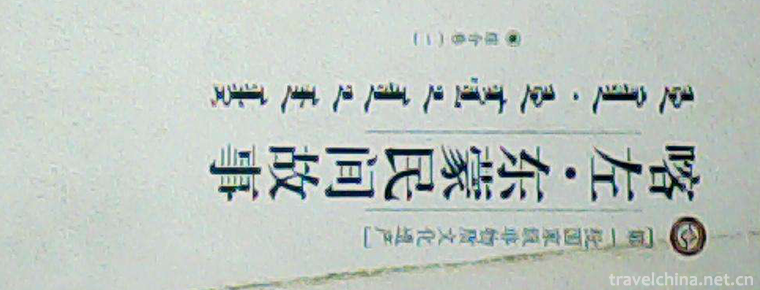
-
Privacy Policy
We takes users' information safety and privacy as our lifeline. Based on our basic principle "Users' needs are our first priority", we are committed to enhancing the transparency of informat.
Views: 1664 Time 2018-12-08 -
Taibai Mountain National Forest Park
Taibai Mountain, National AAAAA Tourist Scenic Area, National Forest Park, National Water Conservancy Scenic Area, Ten National Sports Tourism Scenic Spots, Ten Best Holiday Areas of "Beautiful C.
Views: 174 Time 2018-12-12 -
Gucun Park Shanghai
Gucun Park is located in Gucun Town, Baoshan District, from north to Shapu, south to Jiazaobang, and adjacent to Huanbei Avenue of the Outer Ring Road,.
Views: 91 Time 2018-12-19 -
Liupanshan National Forest Park
Liupanshan National Forest Park is located in the center of the triangle formed by Xi'an, Yinchuan and Lanzhou. It is located in the south of Ningxia. It spans two counties and one district in Jingyua.
Views: 122 Time 2018-12-24 -
Yuexiu Park Guangzhou
Yuexiu Park is the largest comprehensive park in Guangzhou. The main body of Yuexiu Park is Yuexiu Mountain. In the Western Han Dynasty, Zhao Tuo, the king of South Vietnam, was named after the ".
Views: 121 Time 2019-01-13 -
Zhaohua Ancient City Scenic Area
The ancient city of Zhaohua has a long history and rich humanities in Zhaohua Town, Zhaohua District, Guangyuan City, Sichuan Province. The original name of Yichang County was changed to Zhaohua Count.
Views: 165 Time 2019-03-17 -
Hunan fishing drum
Fishing drum is also called tube and bamboo piano. Song Dynasty has emerged, is a popular traditional musical instrument in Hubei, Hunan, Shandong, Guangxi and other areas, often used in opera perform.
Views: 178 Time 2019-05-03 -
Huai tune Huai Diao
Huai Diao, also known as Huai Diao, also known as Zhanghe Old Diao, is one of the national intangible cultural heritage..
Views: 348 Time 2019-05-04 -
The Miao costumes
Miao is an international ethnic group originating from China. In the 2010 census, Miao is mainly distributed in Guizhou, Hunan, Yunnan, Chongqing, Hubei, Sichuan, Hainan, Guangxi and other provinces (.
Views: 148 Time 2019-06-05 -
Yao Peoples Playing Hall
The Playing Hall is a folk grand gathering of memorizing ancestors, recalling history, celebrating harvest, rewarding vows, disseminating knowledge and mass entertainment activities in Liannan Paiyao..
Views: 286 Time 2019-07-11 -
Fallen Drama zhui zi xi
Fallen Drama, a traditional drama in Shenze County of Hebei Province and Suzhou City of Anhui Province, is one of the national intangible cultural heritages..
Views: 235 Time 2019-08-16 -
Dazhous location
Dazhou is located in the junction of Sichuan, Chongqing, Hubei and Shaanxi provinces and the Chengdu Chongqing Economic Belt in the upper reaches of the Yangtze River. It is the "East Gate" of Sichuan opening to the outside world and a key regi.
Views: 195 Time 2020-12-20

